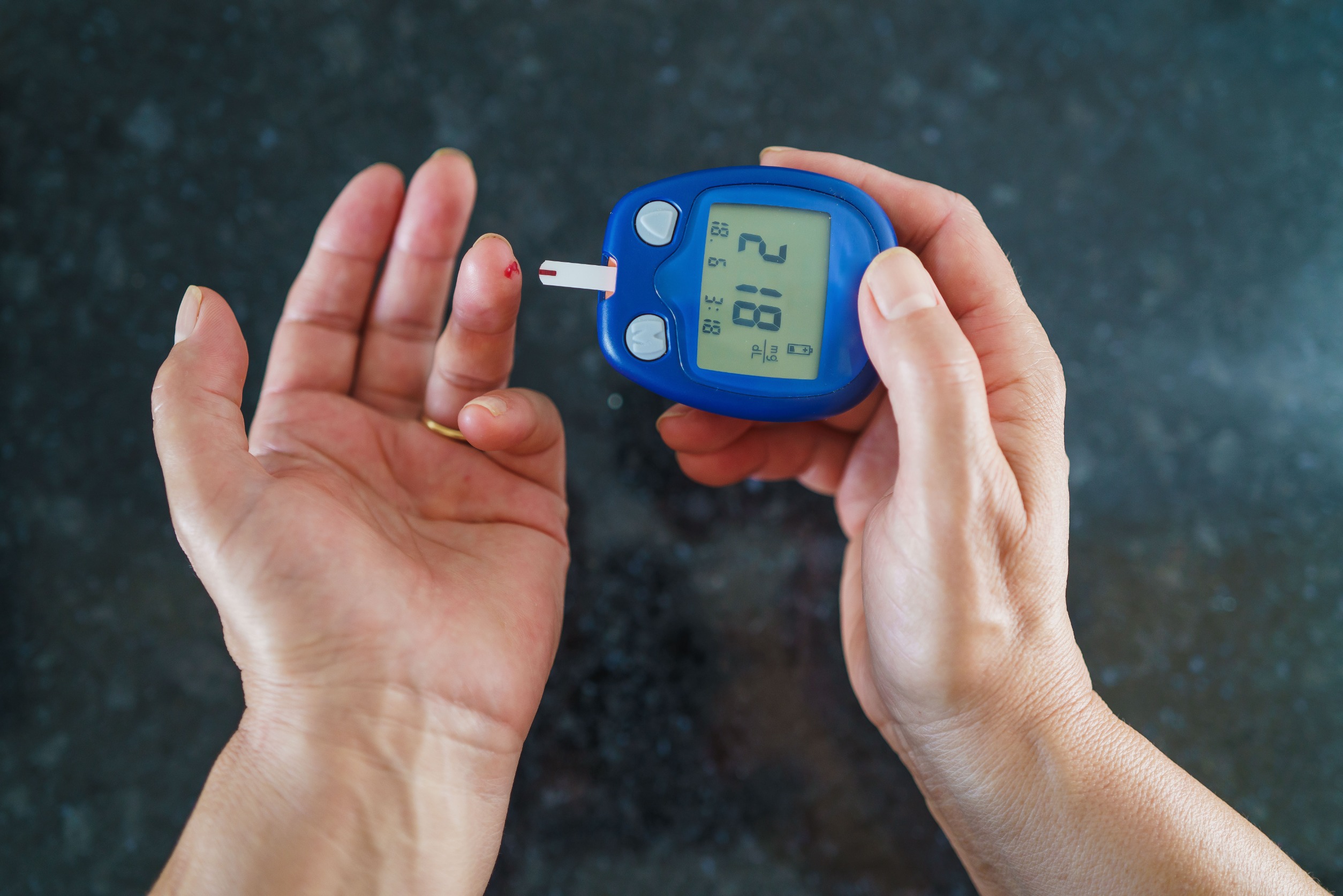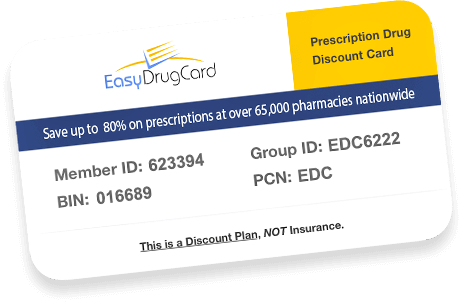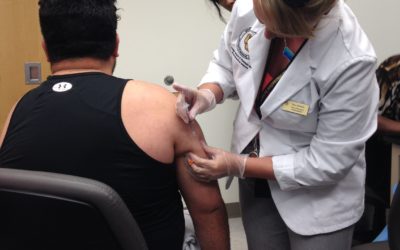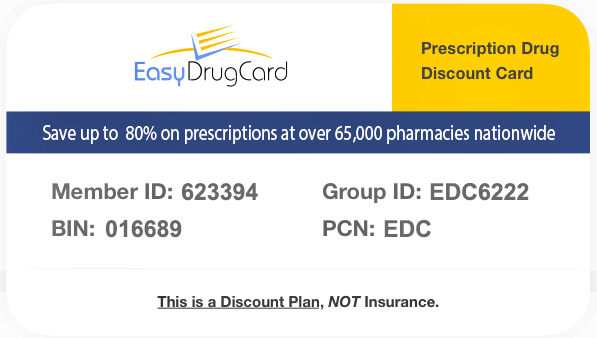For individuals living with diabetes, self-monitoring of blood glucose (SMBG) via fingersticks is often a fundamental aspect of daily diabetes management. Checking blood sugar levels (also known as blood glucose) empowers individuals to track their numbers to make informed decisions about adjustments for their medications, diet, and lifestyle. In this blog post, we will explore the significance of self-monitoring, the process of fingerstick testing, its benefits, and how it contributes to achieving better overall blood sugar control.
Understanding Self-Monitoring of Blood Glucose:
Self-monitoring of blood glucose involves regularly measuring and tracking blood sugar levels using a glucose meter (glucometer) and a lancet device to obtain a small blood sample from the fingertip. The blood sample is then applied to a test strip, and the glucose meter provides an immediate reading of the blood glucose level.
The frequency of necessary fingersticks in a day varies depending on individual needs, diabetes type (type 1 or type 2), and medication treatment plans. For people with type 1 diabetes or type 2 diabetes requiring insulin therapy, frequent testing, including before meals, after meals, and/or before bedtime, is often recommended. For some individuals with well-managed type 2 diabetes, less frequent testing, such as two to three times per week, may be sufficient.
Read our blog about Continuous Glucose Monitoring
Benefits of Self-Monitoring of Blood Glucose:
Overall Blood Sugar Control: SMBG helps individuals assess how their blood glucose levels respond to various factors such as food choices, physical activity, medications, and even stress. By identifying patterns and trends, they can adjust their diabetes management alongside their doctor to achieve better blood sugar control and prevent extreme blood sugar fluctuations.
Treatment Adjustments: Regular fingerstick monitoring provides valuable insights for healthcare providers and enables them to make safe and effective medication adjustments. When provided with an individual’s SMBG data, healthcare professionals can modify medication dosages, suggest lifestyle changes, and tailor individualized diabetes management plans to meet the unique needs of each person. This also helps providers make diabetes medication regimens as safe as possible for each individual.
Hypoglycemia and Hyperglycemia Management: SMBG helps identify episodes of hypoglycemia (low blood sugar) and hyperglycemia (high blood sugar). Early detection allows prompt action, such as quickly consuming simple sugars for hypoglycemia or adjusting insulin doses for hyperglycemia.
The Fingerstick Testing Process:
Gather Supplies: Gather the necessary supplies, including a glucose meter, test strips, lancet device, lancets, alcohol swabs, and a logbook or smartphone app to record results.
Wash Hands: Wash your hands with soap and water and dry them thoroughly before testing. Avoid using alcohol-based hand sanitizers, as they can affect blood glucose readings.
Prepare the Lancet Device: Load the lancet device with a new lancet and adjust the depth setting according to your skin’s thickness.
Prick the Finger: Select the fingertip for blood sampling. Gently press the lancet device against the fingertip to create a small puncture. Prick the side pad of the finger rather than the middle or tip to minimize pain.
Collect Blood Sample: Allow a small drop of blood to form on the fingertip. Apply the blood to the test strip or place it on the glucose meter, depending on the device’s instructions.
Obtain Reading: After a few seconds, the glucose meter will display the blood glucose reading.
Record Results: Record the blood glucose reading in a logbook or smartphone app. This log will help track trends and guide diabetes management decisions.
Conclusion:
Self-monitoring of blood glucose through fingerstick testing is a powerful tool for diabetes management. By regularly tracking blood glucose levels, individuals with diabetes can make informed decisions about their treatment plan with their doctor. SMBG empowers people to take control of their diabetes, achieve better glycemic control, and reduce the risk of diabetes-related complications. Always consult with a healthcare professional about the appropriate frequency of self-monitoring and how to interpret the results.
References:
1) https://www.uptodate.com/contents/glucose-monitoring-in-diabetes-beyond-the-basics
2) Evan M. Benjamin; Self-Monitoring of Blood Glucose: The Basics. Clin Diabetes 1 January 2002; 20 (1): 45–47. https://doi.org/10.2337/diaclin.20.1.45
3) https://www.ccjm.org/content/83/5/355












